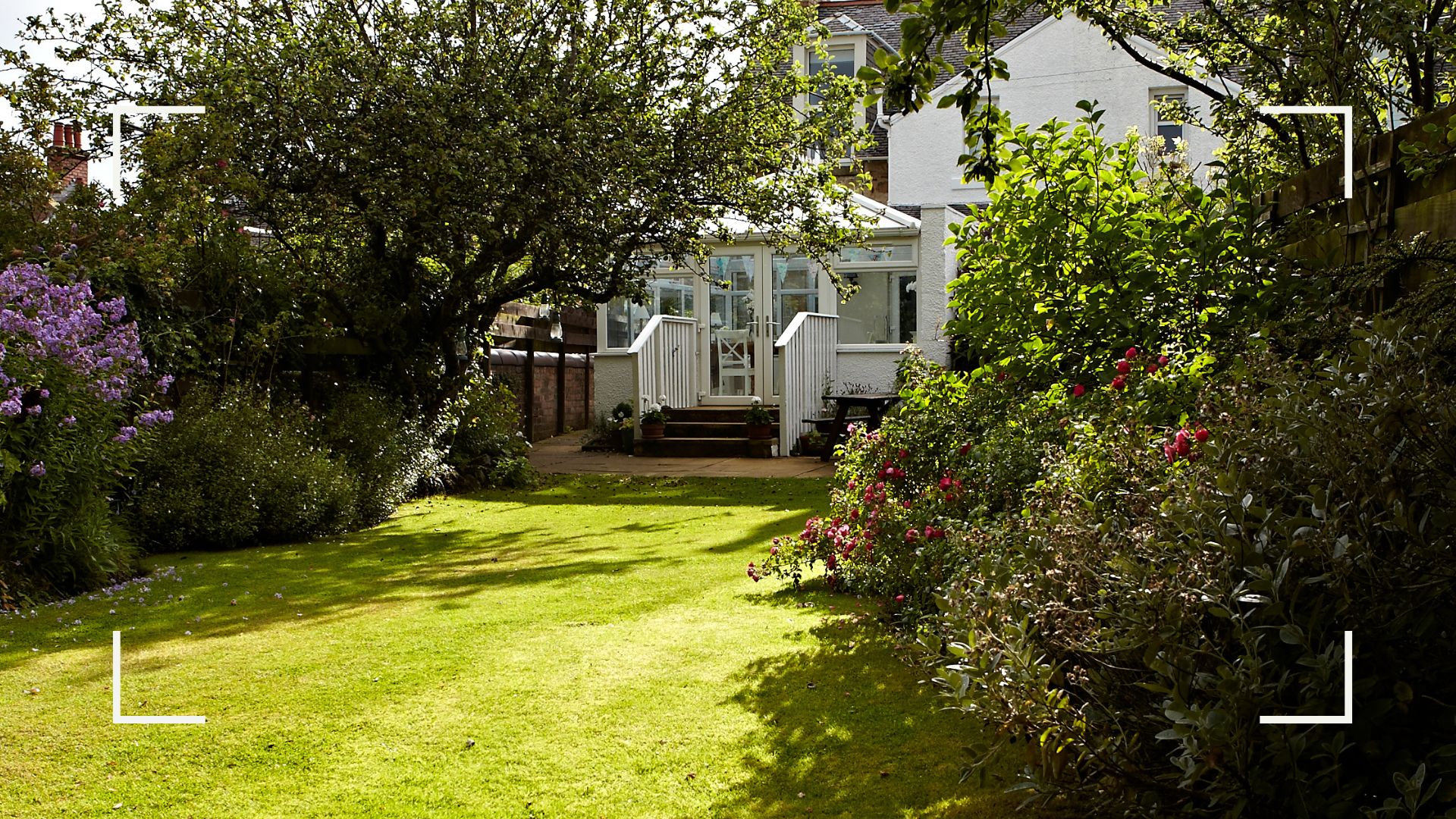
Summer heats and sudden downpours can prove hugely problematic for gardens, especially when it comes to maintaining luscious green grass – but that's where essential summer lawn care tips can prove invaluable.
Because so much of the best gardening guidance depends on climate conditions a summer lawn care routine can be difficult to navigate, meaning it's easy to make common lawn care mistakes.
From wondering what to do if your lawn is yellow as a result of the scorching heat or deliberating over the best time of day to water your lawn during rising temperatures fear not, our panel of lawn experts has the answers.
15 essential summer lawn care tips
From scorching temperatures one minute to torrential downpours the next, summer can be a tricky time to navigate lawn care and what's best. We asked grass experts to share tips for how they keep their own plots looking glorious, whatever the weather.
1. Keep cutting during summer heat
It might seem simple enough, but it’s important that you regularly mow your lawn throughout the summer months to keep your grass in good health.
"In July and August, the weather conditions can affect the growth habits of your lawn," explains Chris McIlroy, a grass expert at The Grass People. "Generally, in Southern parts of the country you may find your lawn will grow at a slower rate as it is quite dry and usually warmer. If this is the case, we recommend you continue to cut it at least once every two weeks."
Chris adds: "If you are based in northerly parts of the UK you may find regular cutting is still required right through the summer."
"Mowing serves a much bigger purpose when it comes to taking care of your lawn than just keeping the grass short," explains Matt Adams, lawn feed expert and founder of The Relentless Gardener.
"If you leave it too long in between mowing and let your grass grow long, it will make it much harder for your grass to access nutrients and water, as regular mowing reduces the demand on the root system."
Matt adds: "Mowing your lawn every two to three days during the summer months will also stimulate growth, leaving you with a healthy-looking lawn."
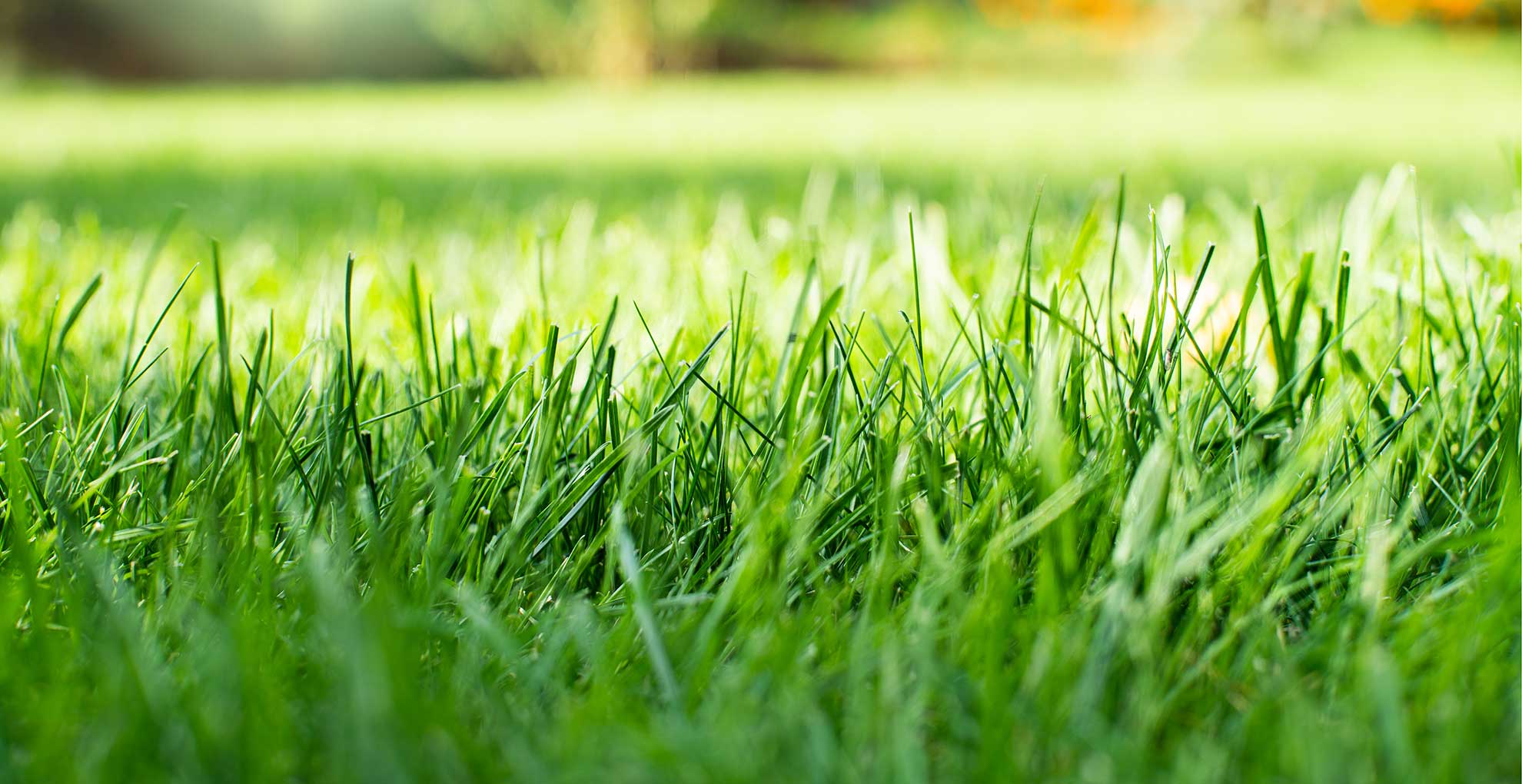
2. Avoid mowing after summer downpours
Summer temperatures are one thing, but when there's a sudden downpour it can throw off your lawn maintenance routine because it's not good practice to cut wet grass.
So how long after the rain should you wait to cut the grass? "It is less important to focus on a specific time after rain to cut and focus more on the conditions," advises Gemma Vincent, product manager at lawn mower specialist Hayter."If it is a summer rain show, you may be ok to cut within the hour if the sun came out straight away," It's all very dependent on just how much rainfall there is.
"The key is the softness of the turf," Gemma explains. "If the ground is waterlogged and soft, you are likely to damage the turf with the mower as well as walking on it. You need to make sure the water has drained away from the surface and the ground is firm before you cut."
3. Water more frequently
When there is no forecast rainfall it's time to up your watering regime to help keep your grass hydrated during the heat. How long you water your lawn will depend on the weather from day to day but generally speaking, you need to provide more water for your lawn to drink during summer months.
"When watering your lawn you need to make sure you’re really soaking the grass plant, in order for the water to reach down into the roots," says Matt.
"Your lawn will experience the hottest weather over the summer months, so this is when your lawn will need watering the most. You should be watering your lawn every three to five days and should be watering your grass until it looks wet on the surface."
"If your lawn has lost some of its color then this could be an indication that you need to water your lawn more often," suggests Matt. "Don’t worry about over-watering your lawn, as this is generally not possible over the summer months."
A key garden trend this year is to be conscious of the environment and make more sustainable living choices, and as a result, rainwater or surplus kitchen water is always preferable for watering your lawn more during the summer months.
Of course, if there has been rainfall of 10mm or more you need to skip a day of water to avoid saturating the soil any further.
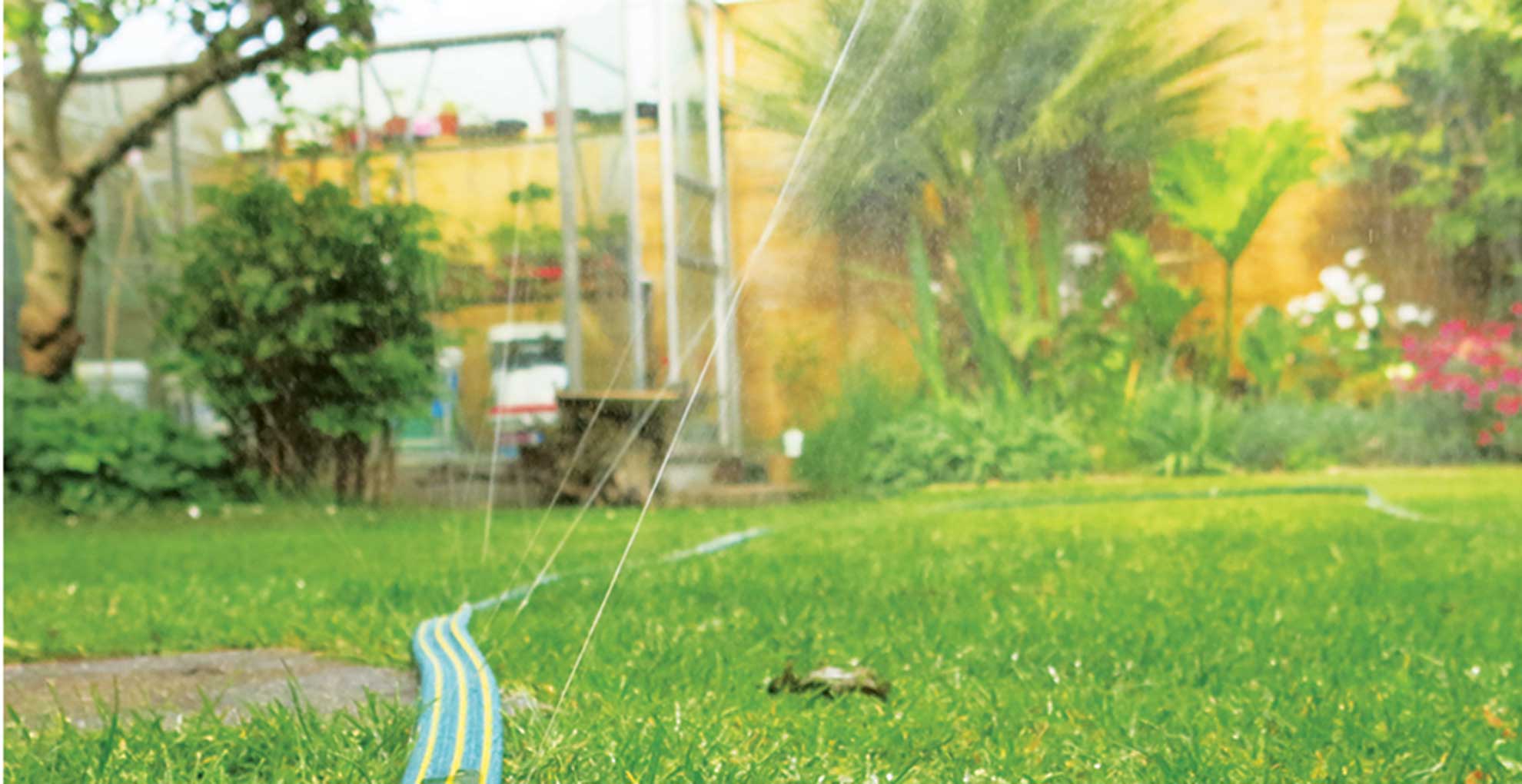
4. Hydrate at the right time of the day
When watering your lawn timing is everything, because the summer heat will play havoc with the results. "Don’t water your lawn during the main heat of the day, as the water will evaporate in the heat and not get deep enough into the soil if watered in the midday sun," warns Matt.
The best time to water your lawn in summer is first thing in the morning, somewhere between 5 a.m. and 10 a.m. depending on the day's weather forecast.
This time of day is ideal because the ground will have had a chance to recover from the blistering heat from the previous day, meaning it's more susceptible to absorbing the water and also avoids you scorching the glass blades caused by watering the grass in direct sunlight.
5. Aerate a stressed summer lawn
“Damaged lawns can be caused by regular footfall, compacted soil, or drought," explains Thea Pitcher (@theapitcheroutdoorcreations on Instagram) a professional gardener who works alongside the garden power tool experts at Toolstation. "The best way to fix this is by aerating the lawn."
Aeration is the simple process of making small holes in the lawn to break up the compacted ground and allow water to be absorbed more readily. It also helps to prevent poor drainage which can lead to moss in a lawn.
“Lawn aerators can be bought for this, or if you don’t have a big lawn and feel like exercising, you can use a garden fork. Push the fork about 10cm deep and repeat every 10-15 cm.
“Once the aerating is done, rake the lawn and spread grass seed over the top. Then dress with a lawn top dressing (a sandy soil that is spread thinly over the top of the whole lawn). It will help to improve the soil structure and prevent thatch (dead grass build-up). This also helps to keep the lawn level, and can be used to fill in any hollows in the lawn.”
6. Feed with fertilizer
Feeding your lawn more regularly during summer is integral to avoiding yellowing grass. "Feeding your lawn is a job all year round, however, feeding requires more work in the summer months due to the increase in stresses (high temperatures) and traffic on your lawn," explains Matt. "The more you fertilize your lawn, the more your grass will grow, and as it grows it requires additional water."
"You can’t fertilize your lawn without watering it afterward, so in the summer months, it’s best to fertilize your lawn in the morning, before the main heat of the day, to avoid the risk of the water evaporating in the heat and not getting deep enough into the soil." Tending to key lawn maintenance is always a no-no during the hottest parts of the day.
"The only time you should avoid fertilizing your lawn in summer is if there is a heatwave,'"advises Matt. "This is because the fertilizer can burn your lawn in the hot weather if it isn’t properly watered, so save the feed until after the weather gets cooler."
"During the summer months, we’d advise using a high-nitrogen fertilizer, as nitrogen is a key element in maintaining the health of your lawn as well as significantly supporting its growth. Nitrogen will also give your grass that lovely green color too."
"With repeated cutting during the summer months your grass can become nitrogen deficient," Chris explains. "By using a good slow-release spring/summer fertilizer your lawn will get everything it needs to thrive. It will also help prevent weeds and moss from establishing."
Before warning: 'Don’t apply spring/summer fertilizer after August as the high levels of nitrogen are not suitable for autumn use."
7. Leave grass cuttings for protection
The topic of whether you should leave grass clippings on a lawn after mowing is a hotly debated one because it all depends on the weather. For a summer lawn, generally speaking, the answer is to leave your grass cuttings to feed the grass below with additional nutrients.
"During the summer months, especially when a drought is expected, it's a good idea to leave small amounts of grass cuttings on your lawn as they will act as a mulch and trap the moisture into the soil by slowing down evaporation," explains Matt.
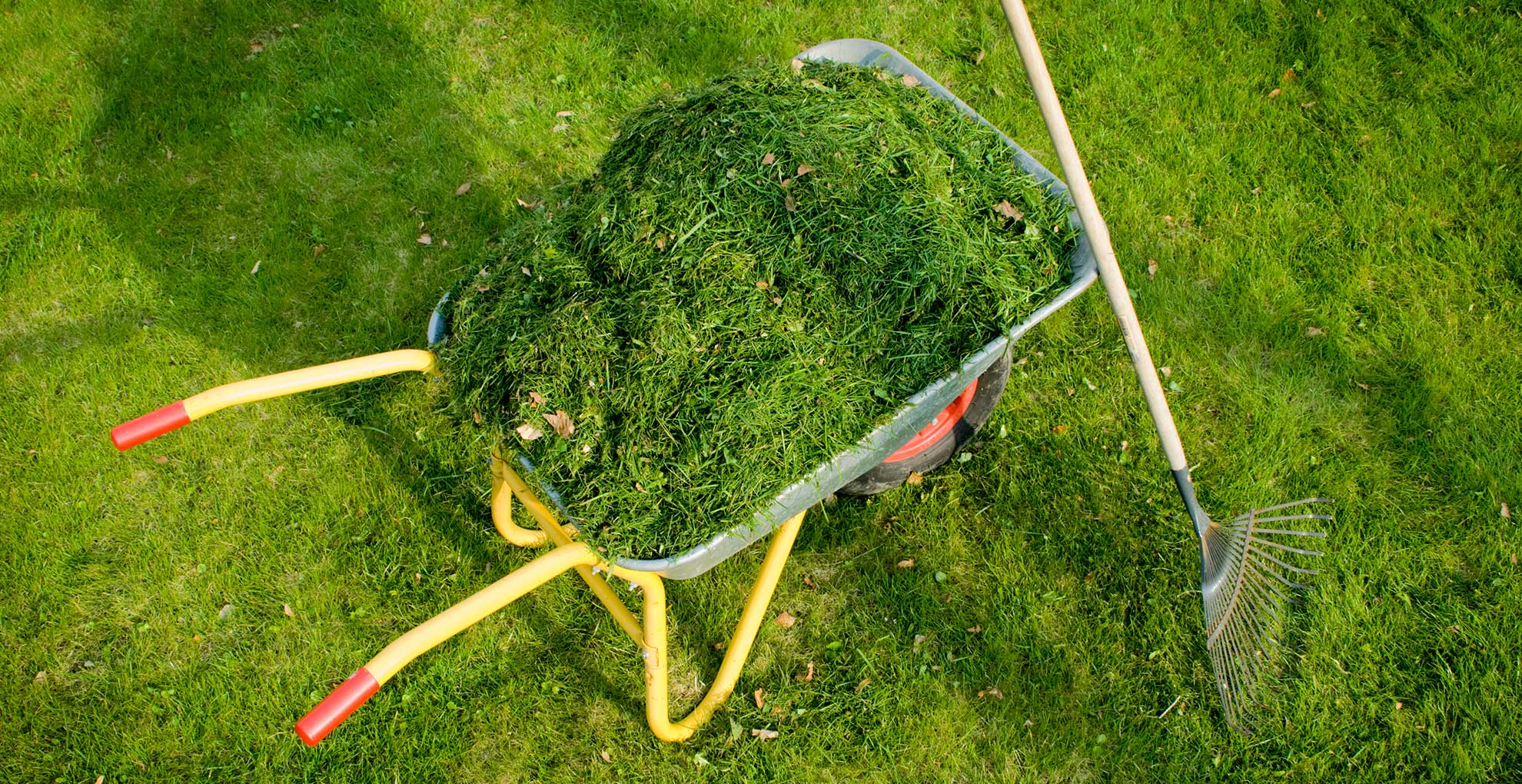
8. Sharpen your mower blades
Welcome a clean cut by ensuring your mower blades are suitably sharp to do the best job when mowing the lawn.
"While it might not seem as a big deal, cutting grass with dull blades will invite diseases to take root as the dull blades tear grass blades leaving them more susceptible to unwanted pests and diseases," explains Jay Betts, a grass expert at lawn care specialist LawnStarter.
Particularly in summer, Jay says: "You might notice your grass looking more brown after each mow. A sharp blade will leave a clean cut while dull blades will fray the grass leaving the blades of grass looking like they have split ends."
9. Adjust the height of your mower blades
How long or short you mow your lawn will determine how well your grass fairs in the current climate conditions, so it's important to give your lawn a dedicated summer cut.
"Be aware your grass can be temperamental in very hot weather," says Chris. "Best practice is to raise your mower blades up, close cutting may damage the grass."
Cutting grass too short in summer prevents the grass blades from enacting their normal process of photosynthesis. "This is due to the grass blades not having enough surface area to absorb the necessary sunlight and oxygen that allows the grass to grow," says Jay. "As a result, the grass or grass blades will compensate by sapping nutrients from its roots and eventually leading to a weakened root system which allows for weeds and other invasive pests and diseases to take hold."
"While the minimum recommended length for each grass type varies, a general rule of thumb is to leave the grass 1 inch in height for warm-season grasses," Jay explains.
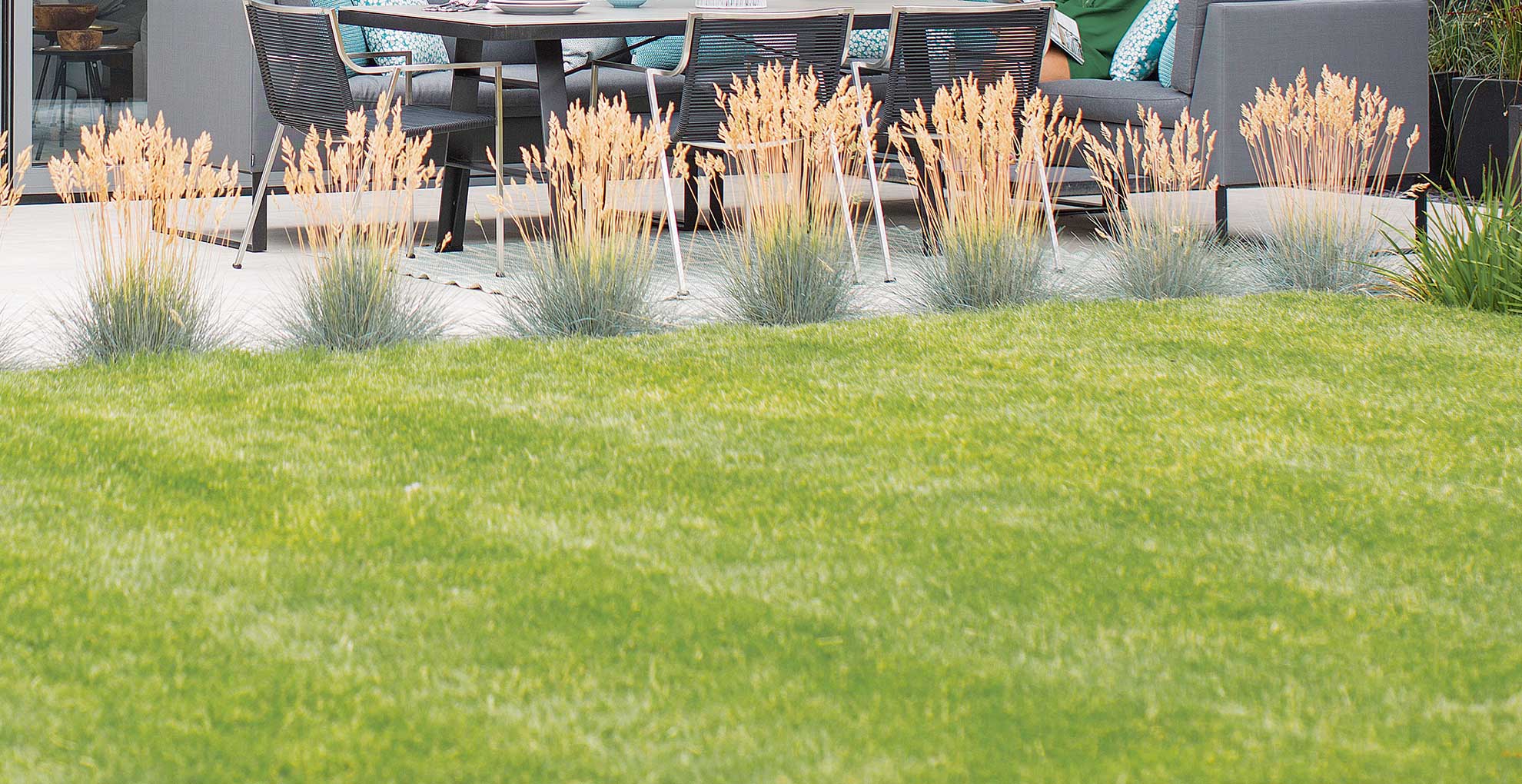
10. Overseed for TLC
Summer lawns may be feeling the effects of months of and weather and therefore may be in need of a little extra TLC. "Perhaps the spring and early months have been particularly unkind to your lawn and left it looking thin or patchy in places," says Chris. "Overseeding your garden in summer will repair damaged areas giving you luscious green grass and ultimately bring your lawn back to life."
Similar to when planting grass seed in spring there are steps to follow, as Chris explains:
- Prep the garden: Weed the lawn, remove any boulders, stones etc.
- Scarify and fertilise the soil with a quick release fertiliser
- Moisten the soil and then sprinkle the seed
- Water and roll the lawn after reseeding
11. Keep pests under control
We humans aren't the only ones who love to use the lawn more once the sunshine arrives so it pays to be more diligent to avoid them ruining your summer.
"As all wildlife is now out enjoying the warmer weather, you can be sure that pests will be too," says Chris. "Two of the most common pests you’ll find in your lawn in summer are Leatherjackets and Ants and both can be treated the same way."
"Leatherjackets are brown grubs that will eat away at the roots of your grass causing it to die off and yellow, so if you notice some obscure yellowing in parts of your lawn then you may have some unexpected visitors," explains Chris. "Another obvious sign of leatherjacket infestation is that birds will be very interested in your lawn and will peck at the surface to try and eat them."
"Leatherjackets can be treated with the nematode Steinernema feltiae (found at Amazon), which when watered will naturally kill off the leatherjackets," advises Chris.
"If you notice the soil being disturbed in your lawn you may have ants," says Chris. "For the most part, their mounds are considered unsightly, and ants should be tolerated without the need for treatment. Soil mounds can be brushed out to level with your lawn or by using your mower and will become barely noticeable within a few days."
If you wish to keep ants away or "you are concerned with the species of ant in your lawn you may wish to consult a specialist," suggests Chris.
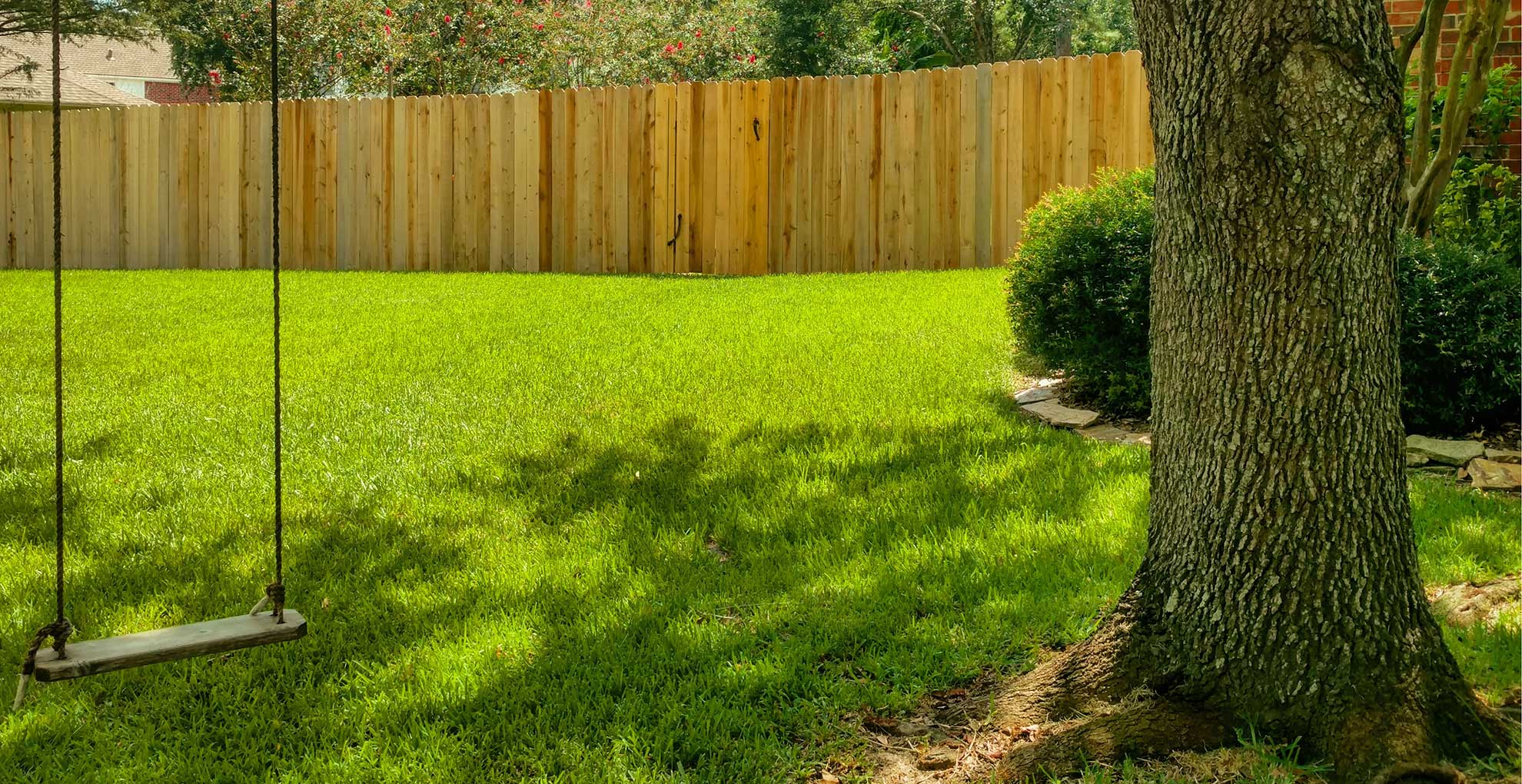
12. Be aware of humidity causing hazards
Anyone who keeps a supply of the best hair products for humidity will know only too well the perils of moisture in the air. It's not just our hair that can fall victim to summer humidity but our lawns too.
"Whilst we all love a bit of warm weather, unfortunately, all that humidity, coupled with intermittent wet weather, is a breeding ground for lawn diseases," explains Chris.
Chris details the areas to be aware of to avoid your summer lawn falling foul to diseases. "New seedlings are at risk of suffering from 'Damping Off'. When the weather is humid it can cause naturally occurring fungi to multiply. This can infect seedlings just as they begin to germinate and will cause them to either not emerge from the soil or to grow and then die off."
"You’ll know if your new seedlings have been victims of 'Damping Off' as they won’t grow very impressively and may be covered in white mould. Humidity can’t be avoided, so you can avoid 'Damping Off' by ensuring that your seedlings aren’t sown too closely (they need some space to grow and not be clumped together) and to make sure you don’t overwater. If your seedlings do get damaged, they can’t be saved but you can remove them and reseed the area again."
"Red Thread is also caused by a fungus and isn’t helped by warm and wet weather," Chris explains. " To avoid red thread occurring in your lawn, make sure to feed your lawn regularly."
13. Change direction when mowing
Differing your mowing pattern helps to strengthen your grass over time and provides greater resistance, which is especially significant in summer when your grass comes under frequent stresses due to climate changes and significant usage.
"Varying your mowing pattern is good for your lawn as it means you’re not repeatedly forcing the grass to bend in one particular direction," explains Carlos Real, a lawn care expert, and managing director at TotalLawn.
Thea adds: "When mowing sloping lawns, it’s best to mow across the slope, from side to side. This method makes it easier to maintain a consistent balance."
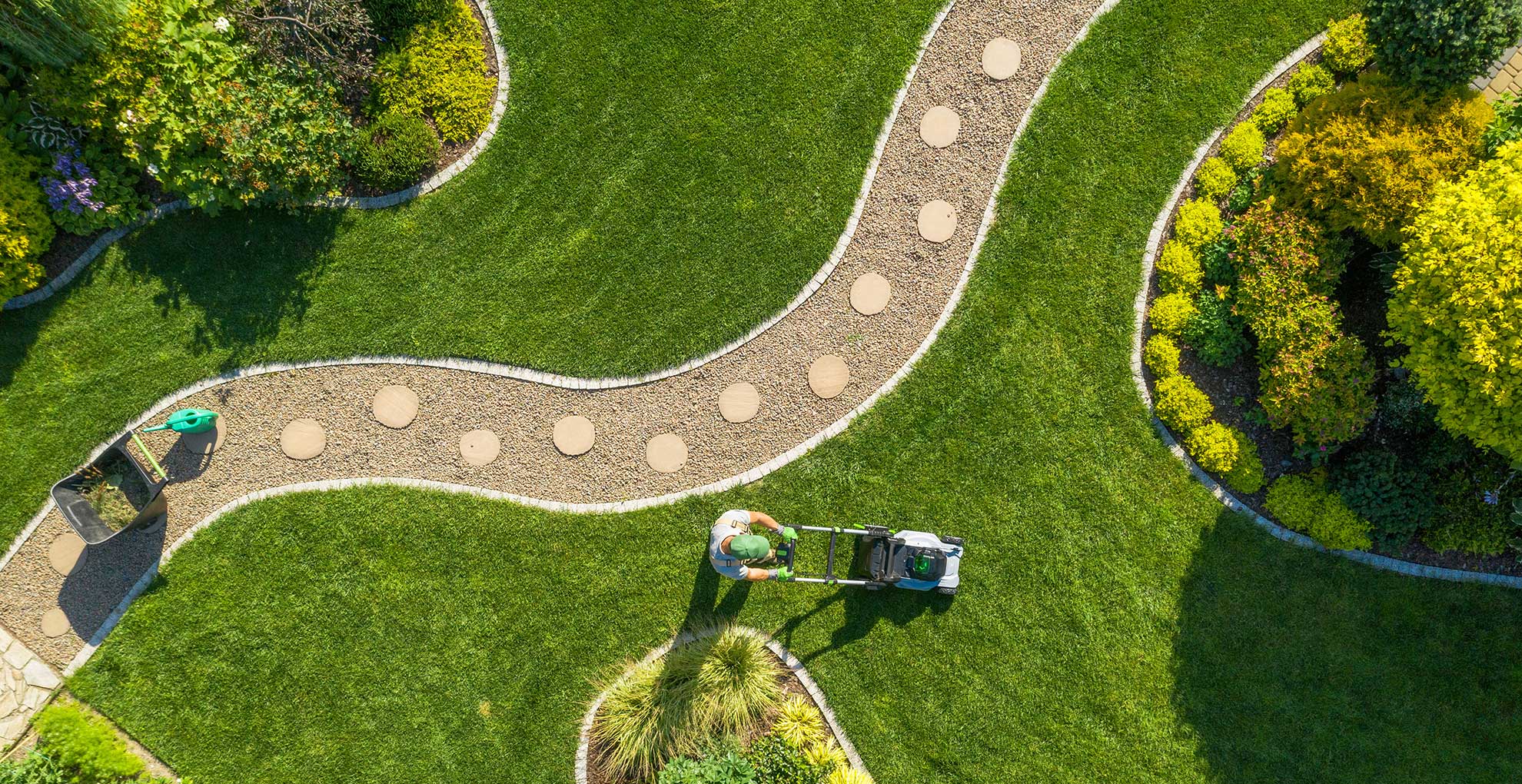
14. Cater to your grass species
With summer lawns experiencing more footfall than usual it's important to know how much your grass can handle to better care for it during these months.
“The majority of grass seed or turf you can buy consists of a blend of perennial grasses," explains Thea. "These types of grasses are known for being durable and low-maintenance, making them resilient to irregular mowing and high-footfall traffic. They are well-suited for lawns that require less maintenance during summer".
“On the other hand, fine grass lawns such as the type you would find on bowling greens or golf courses, require more frequent mowing to maintain their desired appearance. These lawns need regular trimming to ensure they look their best."
15. Allow your lawn to rest
As previously mentioned, summer lawns can take on a lot of extra 'stress' during the summer months and therefore need time to rest and recover.
From garden parties to hosting BBQs the extra footfall will soon start to show if you don't give your lawn a little extra TLC during the height of summer. That's not to mention the extreme heat and sudden downpours, all-in-all Summer lawns can come under intense pressure to look their best even when so much is going on.
Avoid activity on your lawn until any much-needed fertilizer has been properly watered in to ensure the grass absorbs the nutrients efficiently.







